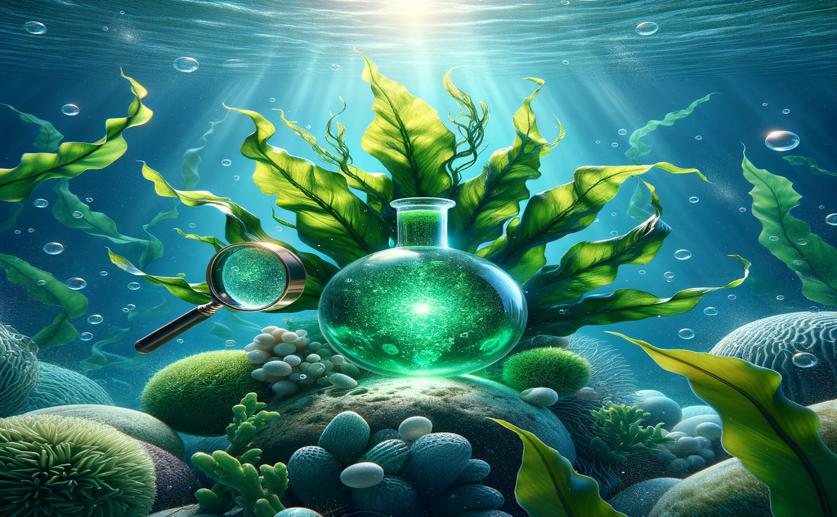
Discovering Anti-Aging Compounds in Seaweed
Greg Howard
7th May, 2024

Image Source: Natural Science News, 2024
Key Findings
- Researchers at South China University of Technology studied brown seaweed's anti-aging effects on skin
- They found that modified seaweed polysaccharides can protect skin cells from UV damage
- The treatment improved skin cell survival and boosted collagen, reducing signs of aging
References
Main Study
1) The isolation, structure characterizations and anti-photoaging activities of sulfated polysaccharides isolated from Sargassum fusiforme
Published 6th May, 2024
https://doi.org/10.1186/s40538-024-00587-9
Related Studies
2) Recent advances in industrial applications of seaweeds.
3) Current trends in marine algae polysaccharides: The digestive tract, microbial catabolism, and prebiotic potential.
4) Enhanced In Vitro Anti-Photoaging Effect of Degraded Seaweed Polysaccharides by UV/H2O2 Treatment.



 1st May, 2024 | Greg Howard
1st May, 2024 | Greg Howard